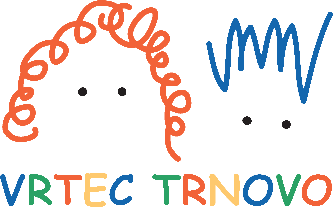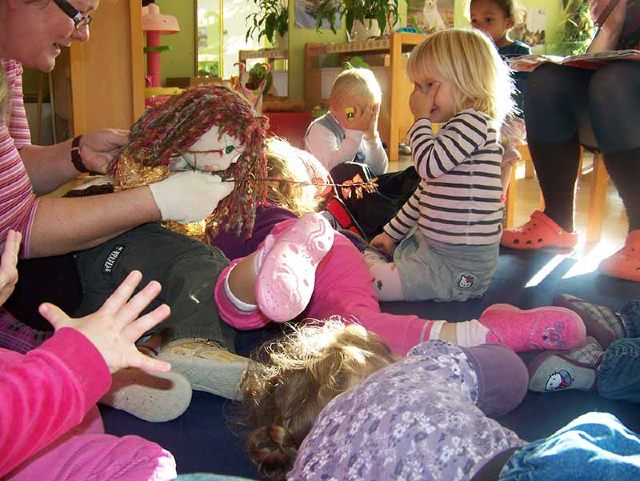4th PROJECT 2010/2011
On a pleasant autumn day, the children visited botanic garden and suddenly saw a sad pixie called Minu sitting on a tree. Minu revealed to the children that she came from a landscape near Lake Constance and was searching for a particular piece of wood she couldn’t find. Recently, she had received a magic stick as a present but it accidentally broke, and she couldn’t locate the broken piece. She had promised her friend from the forest garden in Pixie land that she would conjure up magical playground for him, but the broken magic stick didn’t work and she also lacked magical dust, which had been stolen by a mischievous elf. The children understood her distress and offered to help her. They had already helped King Matthias, alien Traja and sailor Karlo. They were confident they could help Minu as well!
Together with their educators and parents, the children eagerly inquired, researched and explored throughout the entire year to help Minu find the right magical stick and dust. This would restore Minu’s power so she could perform magic again and fulfil the wishes of her friends. In return for their help, Minu and the parents prepared a surprise for the children. In the middle of the kindergarten’s meadows, Minu conjured up a magical playground with little wooden houses connected by sensory paths made from natural materials. The children could play long after Minu had returned to Pixie land. Each of the houses in the playground tells its own special story.
Research areas: craft, architecture, biology, botany, mythology, cultural heritage, folk traditions, construction, art and music, social curriculum – in relation to other curricular areas such as language, society, art, movement and mathematics
Our previous projects covered various areas such as society, natural science, interculturalism and communication, and theatre. This time, we decided to focus on craft and its relation to art. Given that craft is not particularly represented in the kindergarten curriculum and is not yet fully established in educational practice, we chose to explore areas such as architecture and construction. These fields can be easily integrated with natural science, society, art, and culture in an optimal and engaging way. We chose the theme of habitat because it is emotionally close to both the children and the educators, and the children already have many experiences on the subject. By discovering the subject, and the children can become familiar with human impact on nature and learn how to change destructive behaviours into more respectful, ethical and responsible attitudes toward our environment.
The core of our research question, especially for the educators, was how people have affected, cultivated and used nature over the years. For a sustainable approach, it is crucial to understand how to foster a respectful, ethical, and responsible attitude toward the environment instead of engaging in destructive actions.

